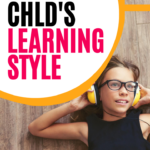
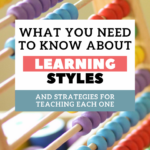
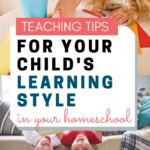
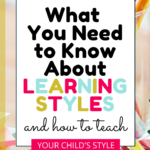
One of the most helpful concepts in my homeschooling has been the idea of learning styles. Knowing the different learning style and which one(s) your child favors can be useful for a variety of reasons, but the main one is for troubleshooting curriculum or learning challenges.
The problem is, there is a lot of varying information out there on what learning styles there are whether they are really that important. In this article I’m going to explain what learning styles are, briefly describe the the most common models, and share which one has been most useful to me as a homeschool mom. I’ll also share some teaching tips that can help!
Disclosure: *This post may include affiliate links. As an affiliate, I earn from qualifying purchases. Read the disclosures and terms for more information.
What are Learning Styles?
A child’s learning style is basically a way of describing the method through which they most effectively process and learn information. Of course, there are a lot of factors that go into how your child will learn, such as their stage of development, emotional state, environment, etc. It’s not like learning styles are the deciding factor on how well your child learns something.
When we say that someone has a particular learning style, we mean that it is their preferred method of taking in information and they are better able to learn when that method is used. You find out what your child’s learning style is through observation and seeing how they respond to methods that use different learning styles.
Different Learning Styles
There are not only different learning styles, but there are different models for explaining them. So if you go search Google for “learning styles” you’re likely to find different ways of labeling and organizing learning styles. So which one is the best?
- VAK Learning Styles (3 learning styles) – The VAK is the most commonly discussed model and stands for Visual, Auditory, and Kinesthetic (hands-on or movement).
- VARK Learning Styles (4 learning styles) – The next most popular model you’ll find is the VARK: Visual, Auditory, Reading/Writing, and Kinesthetic. In this model Reading/Writing as a method is called out as a separate style.
- 7 Learning Styles (multiple intelligences theory) – The third model I’ve seen discussed most often identifies 7 styles: Visual (Spatial), Auditory (Musical), Verbal (Linguistic), Physical (Kinesthetic), Logical (Mathematical), Social (Interpersonal), and Solitary (Intrapersonal)
Now, the reason why I listed these 3 main models is to show you that there is much more to learning styles than I am going to explain here. Feel free to dig into each of these models if you want to learn more about them!
But if you’re a busy homeschool mom like me, you probably just want to know what info is really helpful for teaching your own kids. Personally, I have found the VAK model to be completely sufficient and very useful in our homeschool, so I’m going to focus on that one here.
VAK Learning Styles for Homeschooling
Here is a summary of the VAK learning styles:
- Visual learning style – Visual learners absorb and retain information better when it is presented visually. For example, animations, infographics, photos, diagrams, maps, charts, models, etc.
- Auditory learning style – Auditory learners do better with information that they can listen to. When they listen to a lecture, song, recitation, or even information they themselves speak out loud.
- Kinesthetic learning style – A kinesthetic learner learns best with a physical experience. They thrive with hands-on learning, studying while moving in some way, or even just interacting with an object (like a stress ball) while they learn.
I think all kids start out more strongly in the kinesthetic camp. As they grow and mature, however, you’ll be able to see evidence that they favor one or more learning style.
[Bible Drawing Notebook – Great for Visual Learners]
Why Is Knowing My Child’s Learning Style Important?
I’m not sure I’d call learning styles “important.” They can be useful and are a handy tool in your homeschool mom toolbox. But don’t let labels and boxes dictate how you see your child and how you teach them. Most of us are a combination of all of these styles and we can all benefit from learning to learn with styles that aren’t dominant for us.
I’ve also heard some say that learning styles aren’t really a thing – that learning styles are a myth or are outdated psychobabble that doesn’t really apply in real world learning. Well… I can’t speak to what the research is or even where the idea of learning styles came from. What I can say is that I have recognized distinct tendencies in each of my 6 kid to prefer and thrive with one of these learning styles, and have found a measure of success when I adjust materials or methods to fit their learning style better. That’s good enough for me.
Where I find learning styles most useful is in three ways:
- Troubleshooting a behavior issues – I’ve noticed that my kids who are more auditory often have a personal limit when it comes to noise in their day. The same is true of visual stimulation for my visual learners, and a too much or too little physical activity for my kinesthetic kids. It never excuses wrong behavior, but it helps me understand how best to care for and redirect them after any discipline or character instruction is given.
- Troubleshooting a curriculum / learning challenge – When you hit a road block with your child, sometimes the problem can be helped by making adjustments to how you are teaching the subject to them. You can either adjust your existing curriculum to focus on their strongest learning style, or find new curriculum that is designed to focus on that learning style.
- Maximizing learning and retention – No matter what my child’s learning style is, I’ve become fond of materials that already incorporate all of them. My children are typically more engaged and retain the information better.
And beyond that, understanding learning styles and observing them in my child is just one more way I can delight in my children and the unique way God created them.
[Bible Brick Challenges – Great for Multiple Learning Styles!]
How Do I Know My Child’s Learning Style?
As I mentioned, once you are familiar with the learning styles and how to spot them, you’ll start to notice different preferences and tendencies in your children. I usually start to notice them more prominently around ages 5 and up, but every kid is different. Here are some things to look for to give you clues to your child’s learning styles.
Your child might be a visual learner if…
- They create word pictures to describe an idea or event.
- They easily remember faces and places.
- They strongly enjoy paining, drawing, and crafts.
- Very observant, noticing things around them that others may not.
- They like things to be listed or written down and often take notes.
- They strongly enjoy reading.
Your child might be an auditory learner if…
- They strongly enjoy music and audiobooks.
- They are always humming or talking.
- They have an ear for music or an attitude for playing music.
- They remember better when they’ve heard instructions spoken out loud.
- It’s easy for them to remember jokes and jingles.
- They can retell a story they heard word for word.
Your child might be a kinesthetic learner if…
- They are very physical (wrestling, sports, hug a lot, etc.).
- They are always fidgety (tapping a foot or pencil, tearing or folding paper, etc.).
- They talk with their hands a lot and sometimes manipulate objects to explain an event or idea.
- They like to build things, tear things apart, and create hands-on crafts.
- They are always touching things around them as they walk through a mall or store.
- They have excellent hand-eye coordination.
Teaching Tips for Each Learning Style
When you find that your child favors a certain style, try these teaching tips and materials to adjust what you’re doing. See if they pay more attention and retain the information better!
I like to choose curriculum that covers all of the learning styles if possible. Even for those that don’t, you’ll find that you can easily add the ideas below to make it work for any learning style you want to focus on.
Visual Learning Style
- Draw diagrams and pictures to help your child understand concepts.
- Teach your child to take notes using mind maps, diagrams, doodles, etc.
- Use posters, maps, and timelines with graphics for learning aids.
- Visualize spelling of words during dictation time.
- Visualize how an event happened and act it out or describe it.
- Use books with detailed and vivid illustrations or photographs.
- Include assignments with opportunities to draw and illustrate what they’ve learned.
- Provide visual blockers (like cardboard folding panels) to help focus when distracted.
- Use videos to help reinforce lessons being taught.
- Have them create diagrams, dioramas, paintings, and other visual representations of what they learned.
Auditory Learning Style
- Make good use of audiobooks and podcasts for your lessons.
- Have them provide oral narrations of what they learned.
- Always provide verbal instructions or be sure to read aloud the written instructions.
- Use a recorder to record notes, do verbal reports and presentations, and pre-write papers.
- Use Charlotte Mason style dictation exercises for teaching spelling and grammar.
- Discuss literature, history, and any other readings.
- Use recitation to learn memory work, repeating back phrases until memorized.
- Make and/or use songs for memory work, such as for Scripture, skip counting, geography, etc.
- Provide noise-cancelling headphones to block out distractions.
Kinesthetic Learning Style
- Trace letters in the air or in foam.
- Draw their finger under a line as they read.
- Jump in place or on a trampoline as they recite facts or memory work.
- Use educational games that are active and use full body movement.
- Allow use of a balance ball or moving chair while sitting at the table (they even sell some for this purpose).
- Allow use of fidget toys or pencil tapping during lessons.
- Use learning activities that allow your child to manipulate objects (math manipulatives, letter tiles, board games, lap books, etc.)
- Have them write out words and math problems in big figures on a whiteboard or construction paper.
- Get some physical exercise in before sit down work.
- Have them act out or physically demonstrate their understanding of an event or idea.
- Provide frequent breaks with some activity.
- Get an indoor trampoline, punching bag, or obstacle course set up for lesson breaks.
- Use puzzles, models, crafts, and other hands-on learning as a part of your homeschool lessons.
[Read: Busy Homeschool Mom’s Cool Bag of Tricks]
You Might Also Like…
A great resource for finding courses that fit all learning styles is Schoolhouse Teachers! We’ve used as a supplement in our home for years (although many families use it for their entire homeschool). It is a Christian curriculum site with hundreds of self-paced online courses for your kids ages pre-k through high school. They cover ALL ages and ALL subjects. One membership gives you access for all your kids! It comes with some great perks, too, teacher helps, college and career planning, portfolio builder, and more.
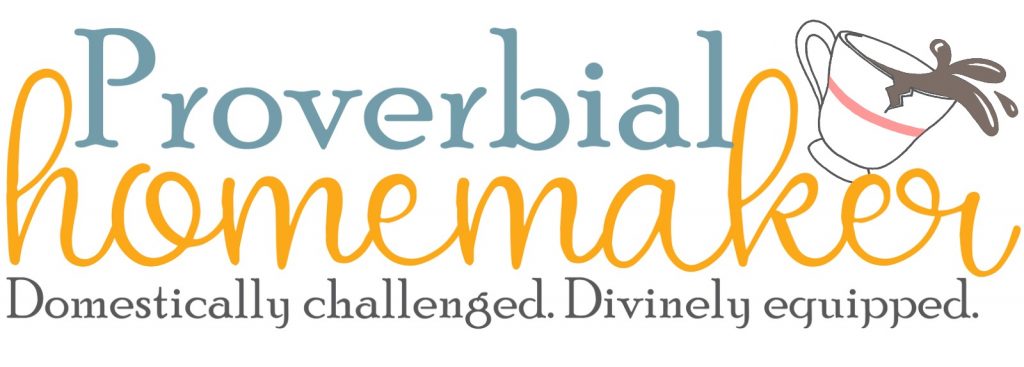
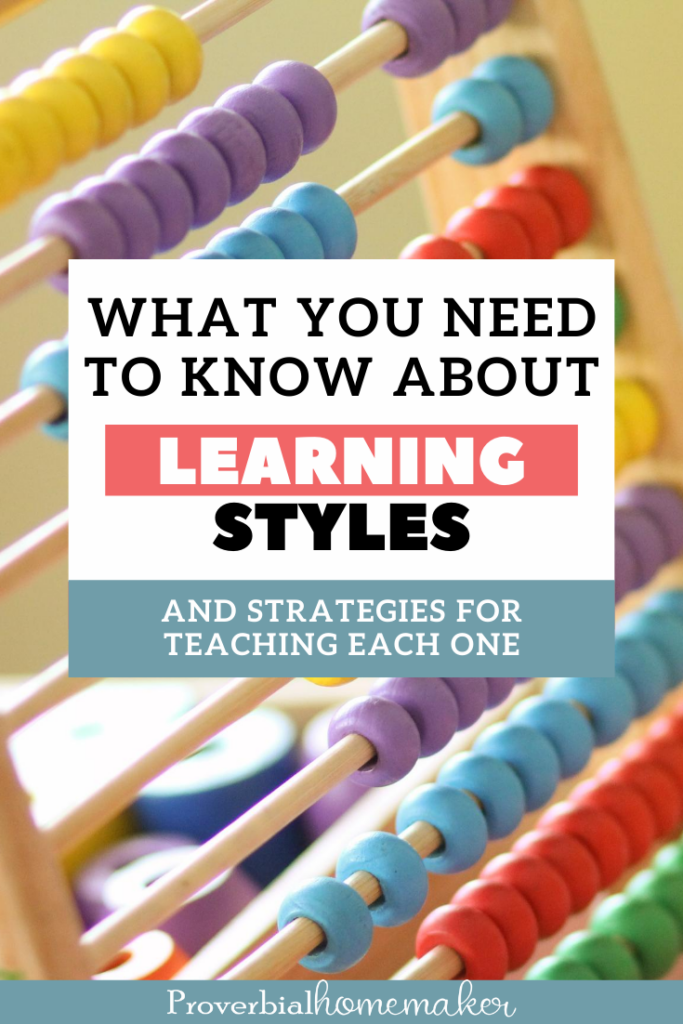
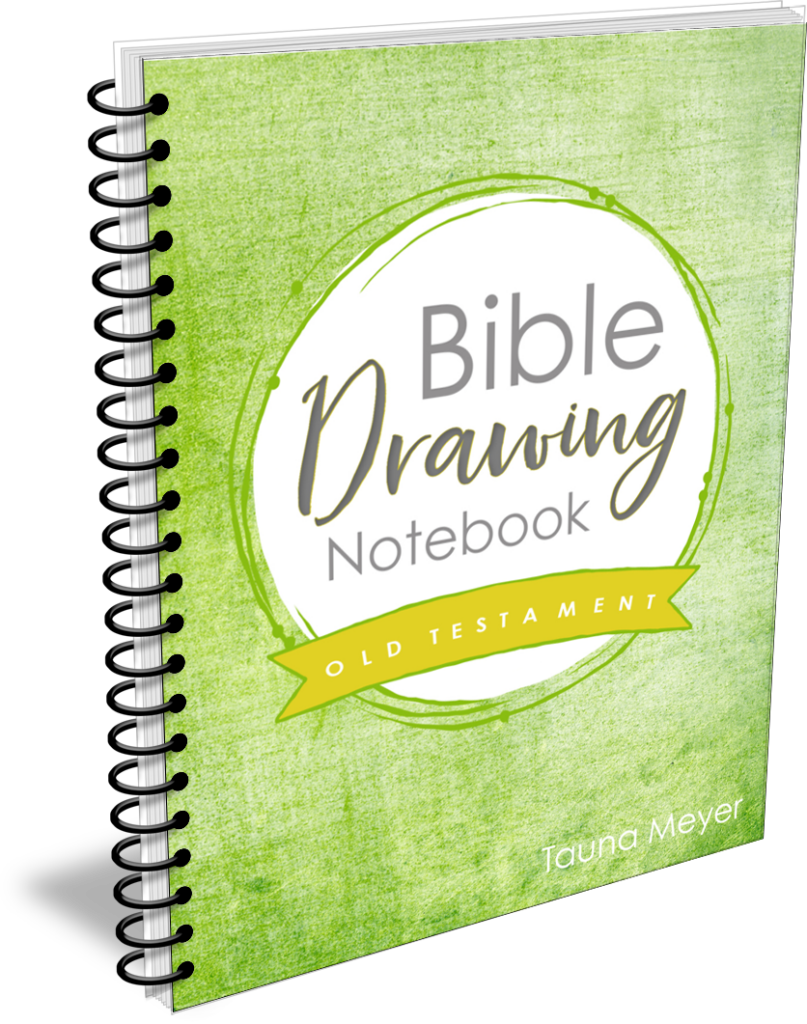
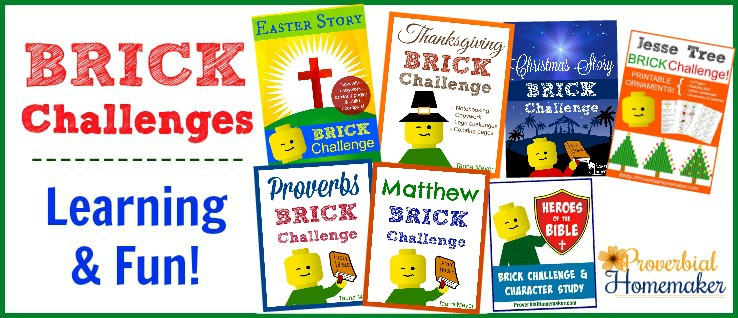


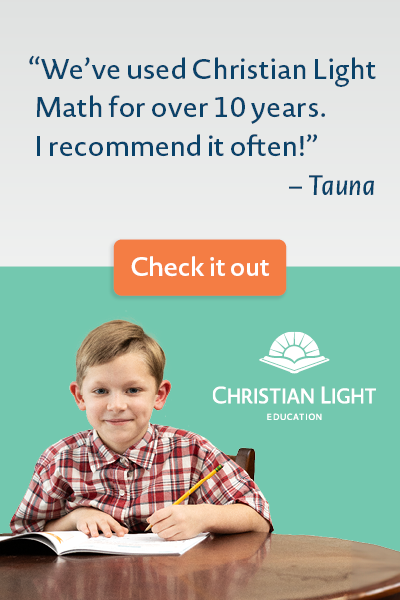
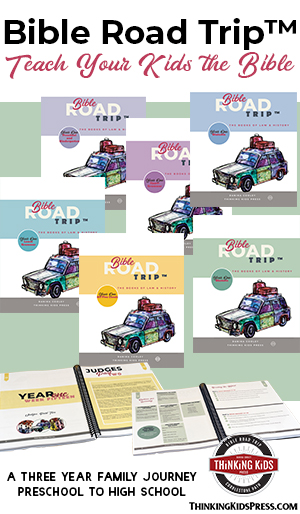
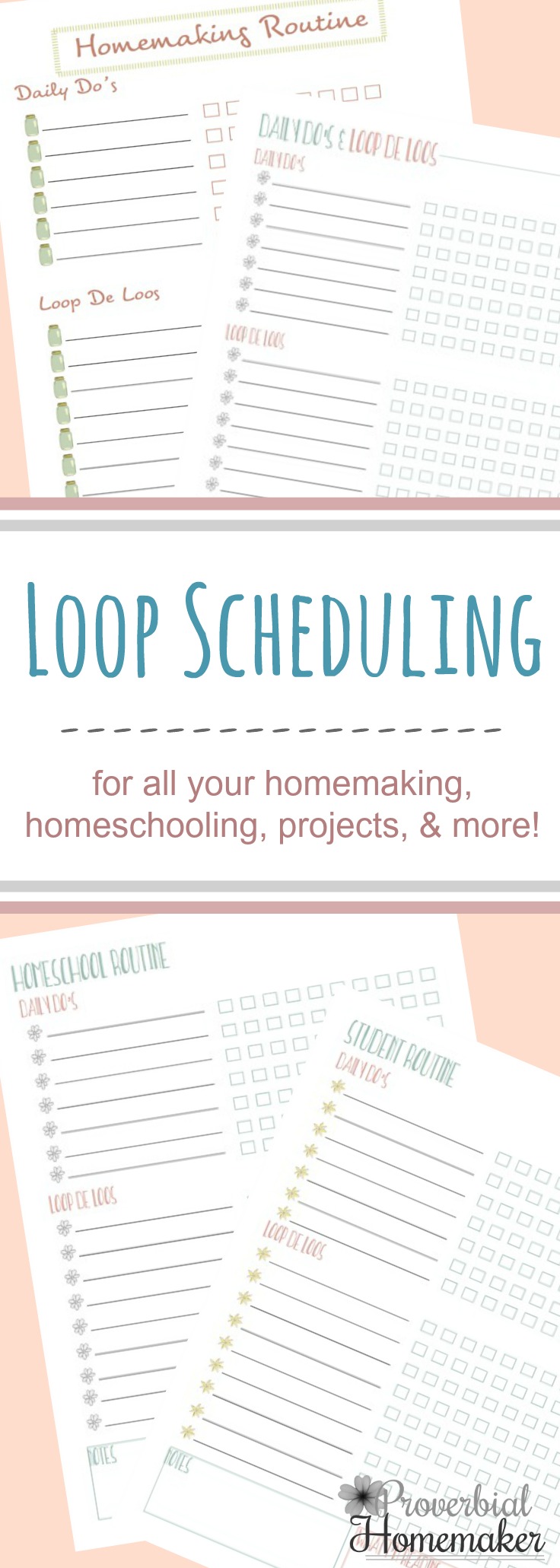

 by Stephanie, The Multi Taskin' Mom
by Stephanie, The Multi Taskin' Mom
This Post Has 10 Comments
My son is definitely learns best via kinesthetic methods.
Hands-on and literature/reading-based.
Depends on which child! Definitely have some visual and some kinesthetic
Our daughter is definitely a visual learner!
My children learn best through independent exploration.
Multiple children with multiple learning styles.
My son is a combination of visual, auditory and kinesthetic.
my oldest child is mostly a kinesthetic learner, my second child is mostly an auditory learner, my third child is mostly an auditory learner, and my youngest is mostly a kinesthetic learner.
Probably hands-on and the literature/reading based for history and science.
With multiple children, I have had some of each learning style. My youngest son is definitely kinesthetic, and we use lots of games in his school.